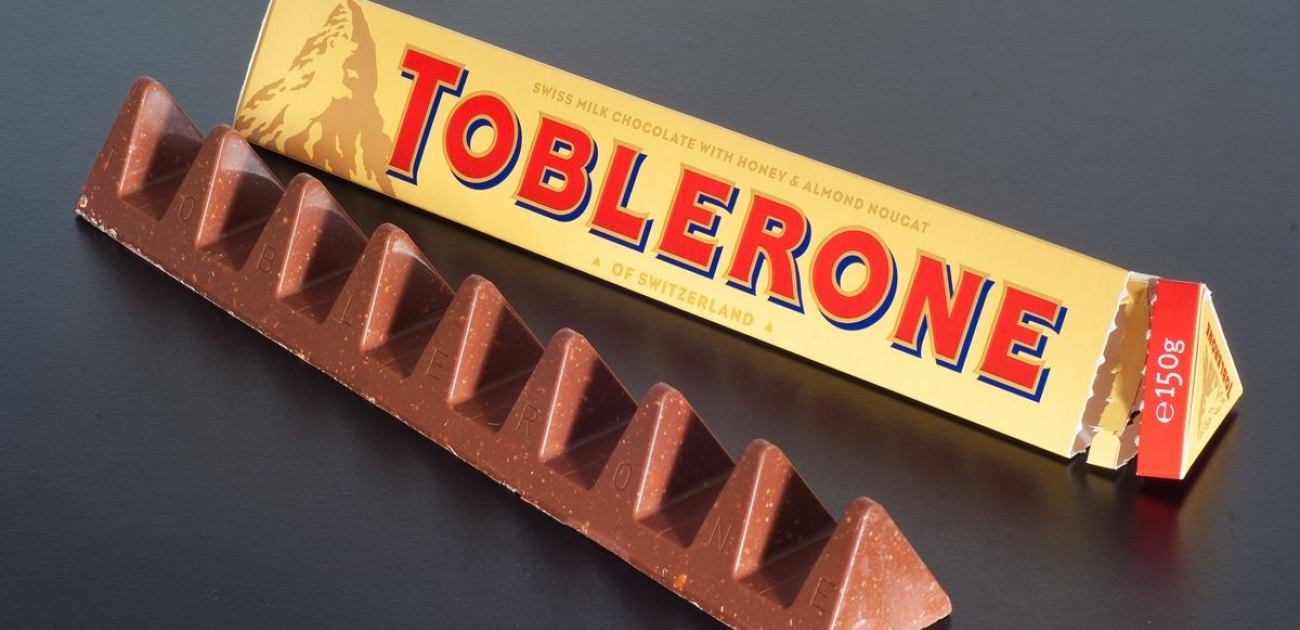Kit Kat, Toblerone, Rubik's Cube: How to Protect Your Shapes?
Two recent decisions of the European Courts confirm the difficulty of protecting forms of products by trademark law. This article examines these difficulties and the alternatives available to companies concerning shape marks.
Trademarks are the most used signs in trade to identify products or services. Among the marks that can be registered are three-dimensional shapes, such as the product itself or its packaging. The shape of a Toblerone tablet or a Perrier bottle, for example, is thus protected as a mark at the level of the European Union.
Technical Result and Rubik's Cube
In practice, however, the protection of such forms through trademark law is far from easy. The form of a product may thus be refused registration on the ground that the sign is exclusively constituted by the shape imposed by the nature of the product (for example the round shape of a soccer ball), by its function (For example the shape of a screwdriver to obtain better results) or because the shape confers its value on the product (eg the artistic form of a vase). These exclusions are easily explained: they prevent competitors from freely offering products with a utilitarian function or incorporating a technical solution.
This has been further illustrated by a ruling handed down a few weeks ago by the Court of Justice on the shape of the famous Rubik's Cube.
In this case, Seven Towns, which manages the intellectual property rights related to Rubik's Cube, obtained in 1999 the registration of the cubic form of this product at European level. In 2006, the German company Simba Toys, a German toy producer, asked the Office of the European Union to cancel this mark on the grounds that the form included a technical solution consisting of its rotating capacity. Seven Towns responded to this argument that rotational capacity was not the result of form, but of an internal and invisible mechanism of the cube. The opposition of Simba Toys was initially rejected by the Office of the European Union and by the Court of the European Union. Simba Toys appealed against the decision of the Court of First Instance before the Court of Justice.
The latter has just agreed with Simba Toys. According to the Court, even the non-visible elements, such as those allowing the rotation of the parts of the cube, should have been taken into account. The Court therefore annuls the decision of the Court of First Instance validating the registration of the form of Rubik's Cube.
The Court is thus particularly severe when it comes to assessing the extent to which the shape of a product is necessary to obtain a technical result. The judgment confirms the importance of not limiting itself to protection by trademark law when it comes to protecting the shape of a product. Trademark law thus offers the advantage of protection which can be unlimited in time but the conditions for obtaining this protection are difficult to meet for shape marks. Protection by copyright, model law or patent law, which is certainly limited in time, must therefore also be envisaged in order to strengthen the protection of the form concerned by means of a trade mark.
Distinctive Character and Kit Kat
The second obstacle encountered by trade marks constituted by a form relates to the requirement of distinctive character. In order to be valid, the mark must in fact possess distinctive character, that is, it must be capable of distinguishing the goods or services of one undertaking from those of another undertaking. Either the mark will have an intrinsic distinctiveness or that distinctiveness may have been acquired later, through the intensive use that has been made of the mark.
Again, the requirement of distinctiveness is assessed very strictly by the Offices. They generally consider that consumers do not identify a product or manufacturer by the shape of the product or its packaging. The closer the form to registration as a mark is to the natural or customary form of the product, the more the offices will consider that this form is devoid of distinctive character. More often than not, this obstacle can be raised only by demonstrating that form has acquired a distinctive character by the intensive use which has been made of it. This was particularly the case with the shape of the Contrex bottle.
However, a new judgment of the Court of First Instance of the European Union makes the task of undertakings submitting a trade mark more complicated.
The case was between Nestlé and Mondelez. In 2002 Nestlé asked the Office of the European Union to register the shape mark corresponding to the product 'Kit Kat Bars' for various products, such as wafers.
This mark had been registered in 2006 by the Office. In 2007, Cadburry Schweppes (now Mondelez) had challenged this registration and in 2012 the European Office had rejected this opposition. The Office considered that the mark had acquired distinctive character because of the use which had been made of the form in question in the European Union. Nestlé was able to prove, through market research to consumers, that they identified this form as indicating the commercial origin of the products concerned.
By a judgment of 15 December 2016, however, the Court of First Instance has just annulled the decision of the Office. According to the Court of First Instance, Nestlé had established distinctiveness through use only in 10 countries (Denmark, Germany, Spain, France, Italy, the Netherlands, Austria, Finland, Sweden and the United Kingdom) but not in the Member States of the European Union.
By requiring the applicant to prove that the mark has acquired distinctiveness in all the Member States of the European Union, the Court of the European Union thus makes it virtually impossible to obtain the protection of a form Trademark law at the level of the European Union. At the strictly national level, on the other hand, proof that a mark has acquired distinctive character through use will be easier to report. The filing of a trademark at the national level may thus constitute a timely alternative for the applicant, which confirms the importance of fixing the most appropriate deposit strategy from the outset.
Do you want more information?
 Gregory Sorreaux
Gregory SorreauxGrégory provides strategic, business-oriented advice and has litigation skills under IP law, food law, market practices, product regulation and commercial disputes.
